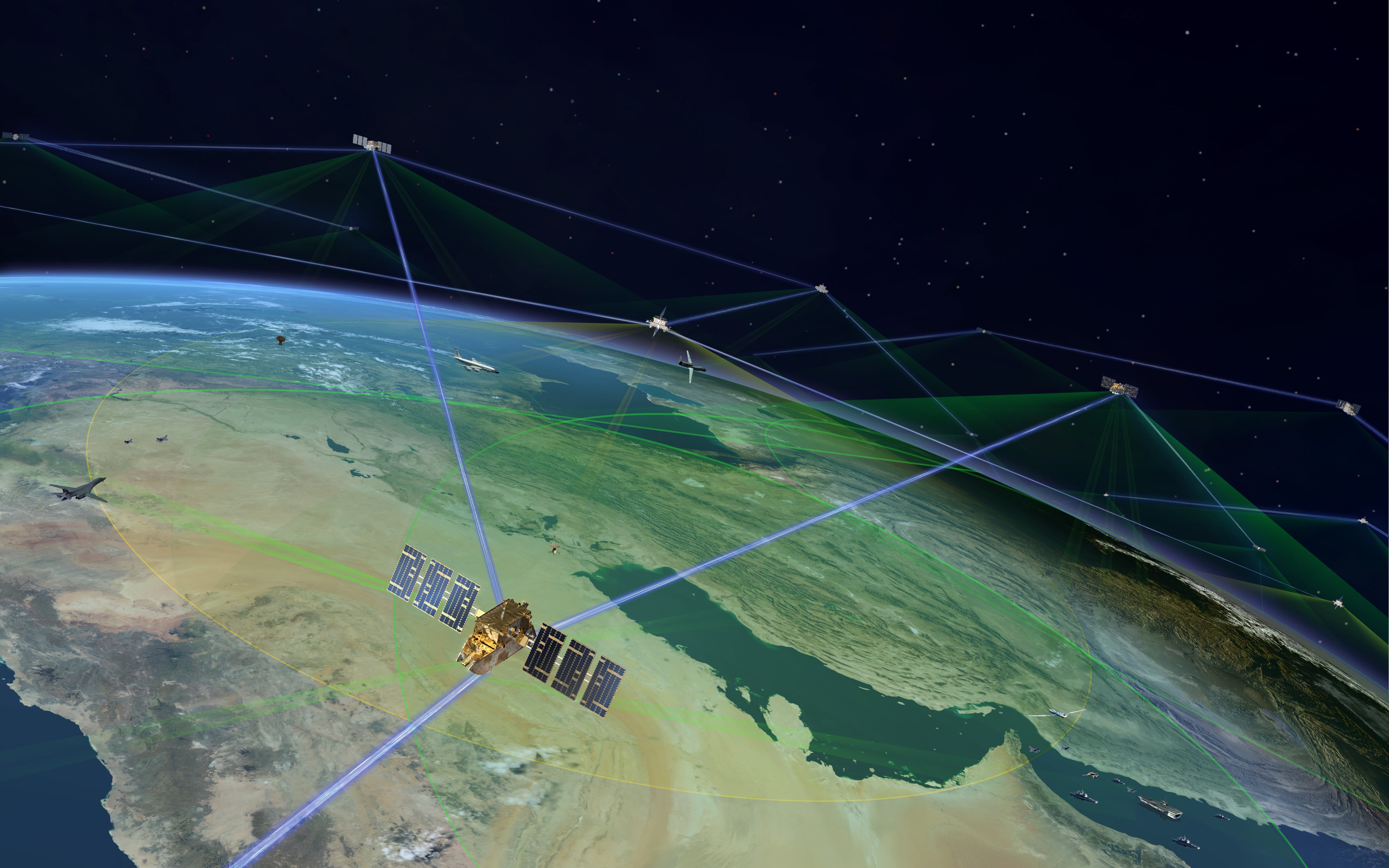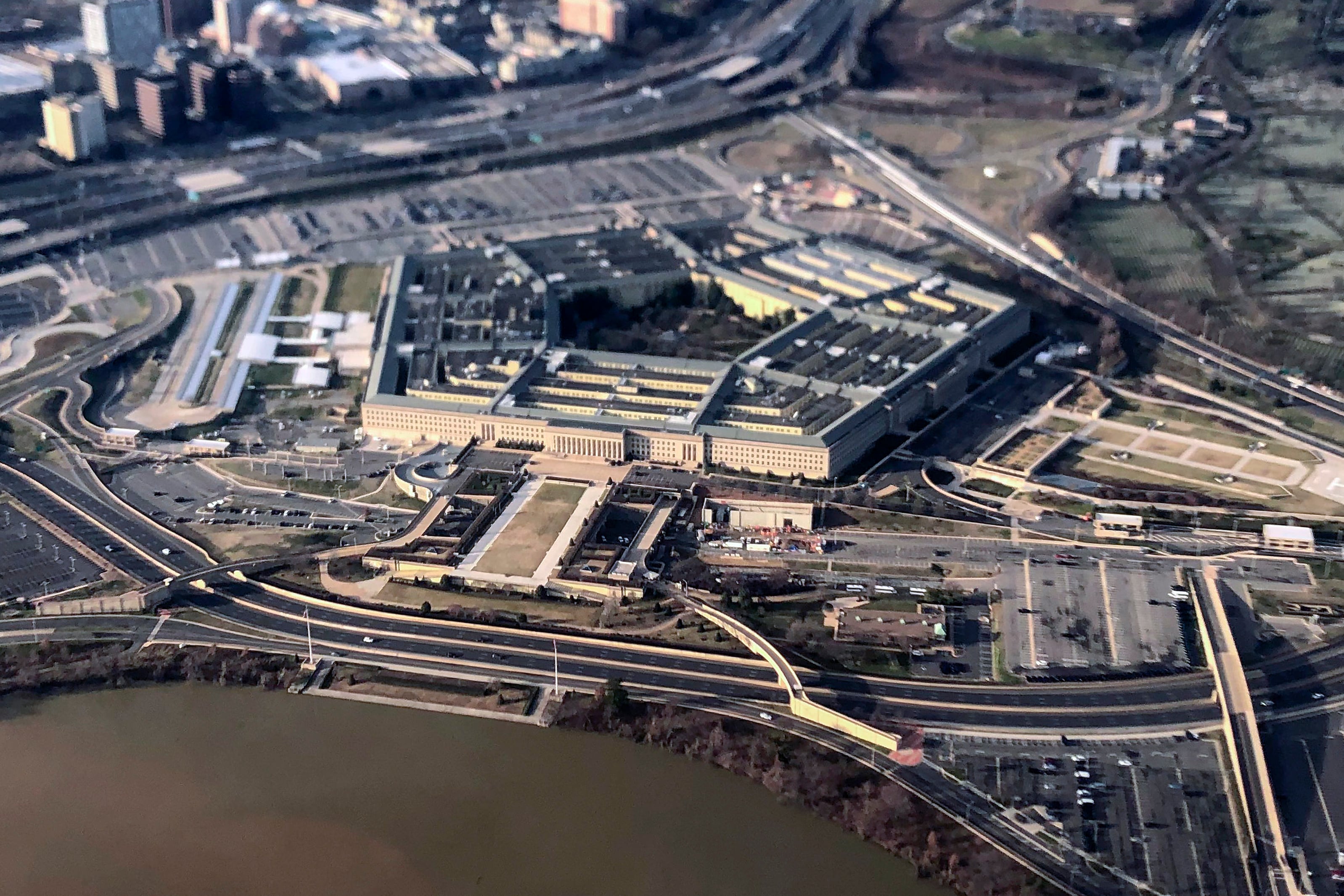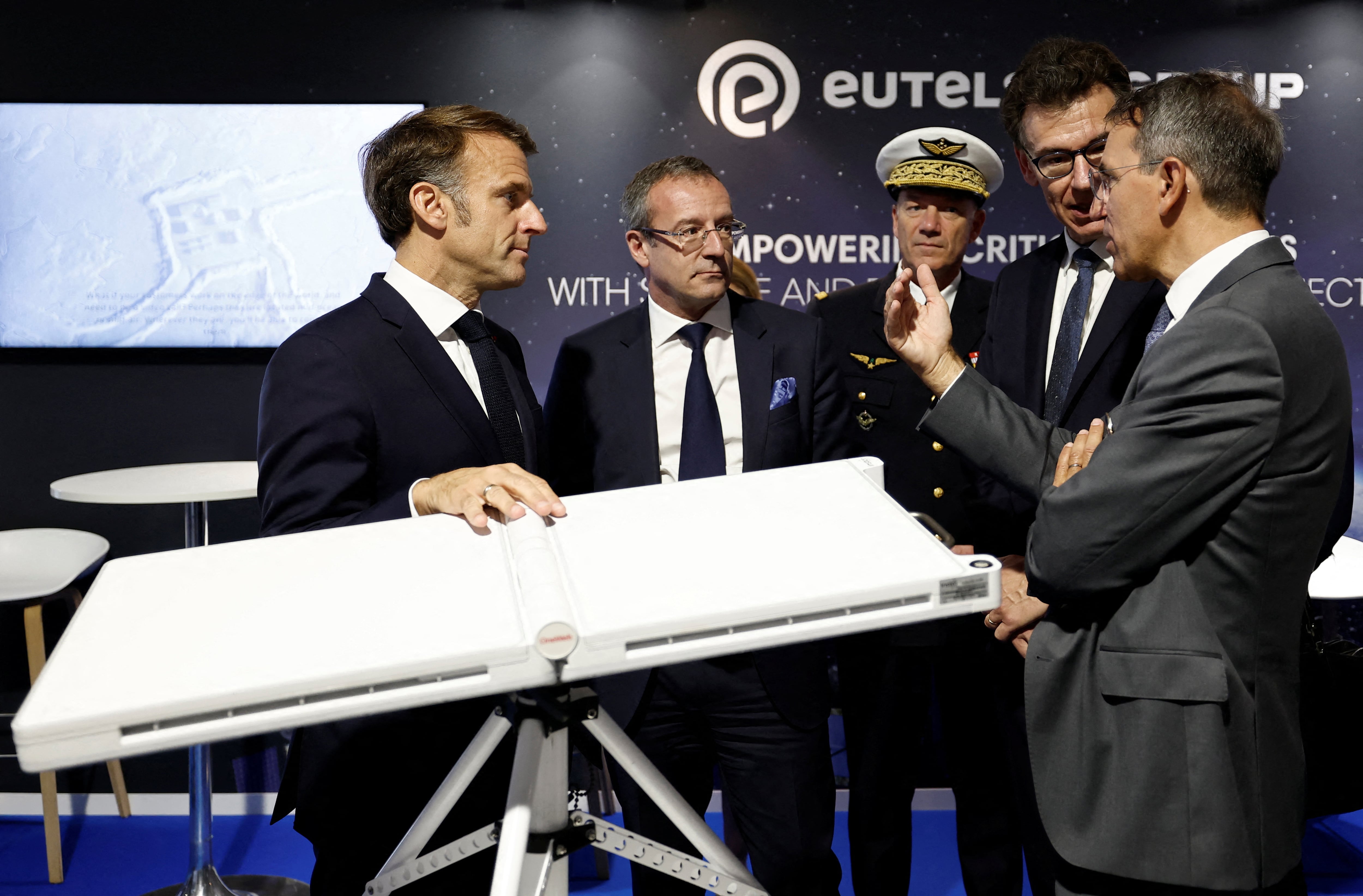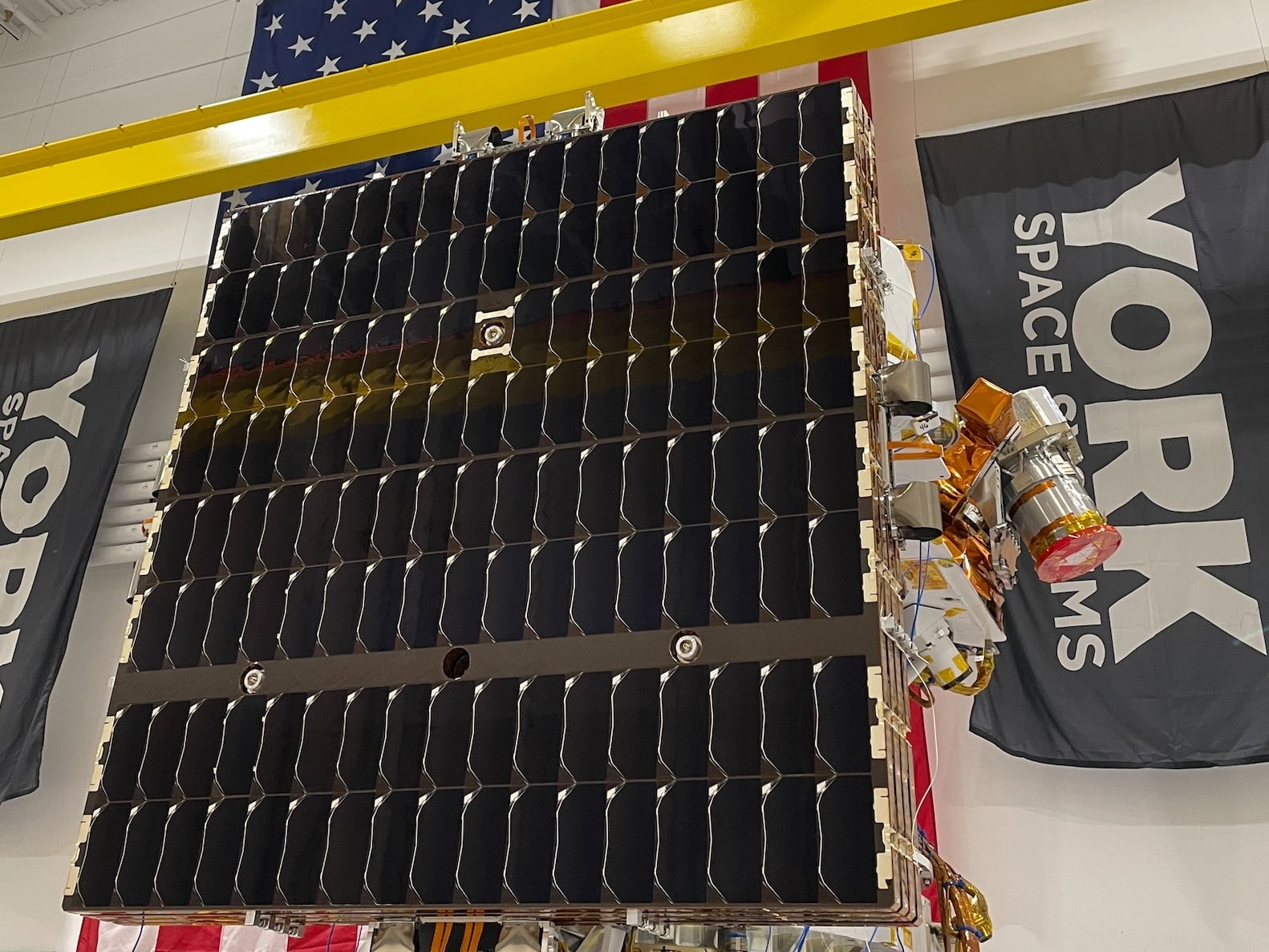Just about one year after the head of the Navy’s Space and Naval Warfare Systems Command issued a strategic plan, the organization’s new leader, Rear Adm. Christian Becker, has put out a strategic vision of his own that emphasizes greater urgency throughout the organization.
[Naval warfare systems chief sees improvement in strategic planning]
“We have a compelling need to move faster,” Becker, using a keynote presentation at a defense conference in Charleston, SC Dec. 7 hosted by the Charleston Defense Contractors Association to brief the new document slated to cover 2018-2027 and released in October. “We have a compelling need to deal with the evolving threats, the evolving capabilities that our adversaries and our would-be adversaries have access to.”
SPAWAR is the Navy’s technical and acquisition authority for all things C4ISR.
For Becker, the notion that adversaries and potential adversaries have access to the same commercial technologies and equipment is alarming. “If that doesn’t give you a sense of urgency, you might be in the wrong business because if we’re going to create and maintain superiority in any domain from seabed to space and through cyberspace…we have to be better,” he told the audience of defense contractors.
Becker said they have to do better in the orient and decide phase of the famed observe, orient, decide and act loop.
Information will be the critical enabler for orienting and deciding, he said. Information is “the mission of SPAWAR,” he said, adding they “provide that cyber capability form seabed to space … in order to crate that advantage, that superiority … to take action.”
On the cyber front, “drive cyber resiliency” is one of the three strategic objectives of the new vision. Becker said that resiliency has to be built into the design phase, explaining that bolting on security later in the development process is too often the thinking today.
Moreover, Becker stressed that when the Navy delivers a ship it should have the “most complete, comprehensive and current capability” with experts knowing down to the third and fourth digit what software and hardware ships have.
This understanding will be critical to cyber resiliency because “if we don’t know what we have as our configuration then how is that crew supposed to fight?” Becker asked. Knowing the cyber terrain is key to fighting attacks and intrusions.
Additional components of the vision plan includes accelerating and streamlining delivery and optimizing the organization, operations and workforce.
In addition, hardware and software installations need to be faster.
“Somebody threw out a number the other day, 451 days,” Becker said. “But installations take too long because when we design these systems, we didn’t design them with installation in mind.”
These systems need to be designed for faster installation as well, he said.
The document also stresses that SPAWAR strives to be the best place to work while continuing to make investments in the workforce.
Mark Pomerleau is a reporter for C4ISRNET, covering information warfare and cyberspace.








